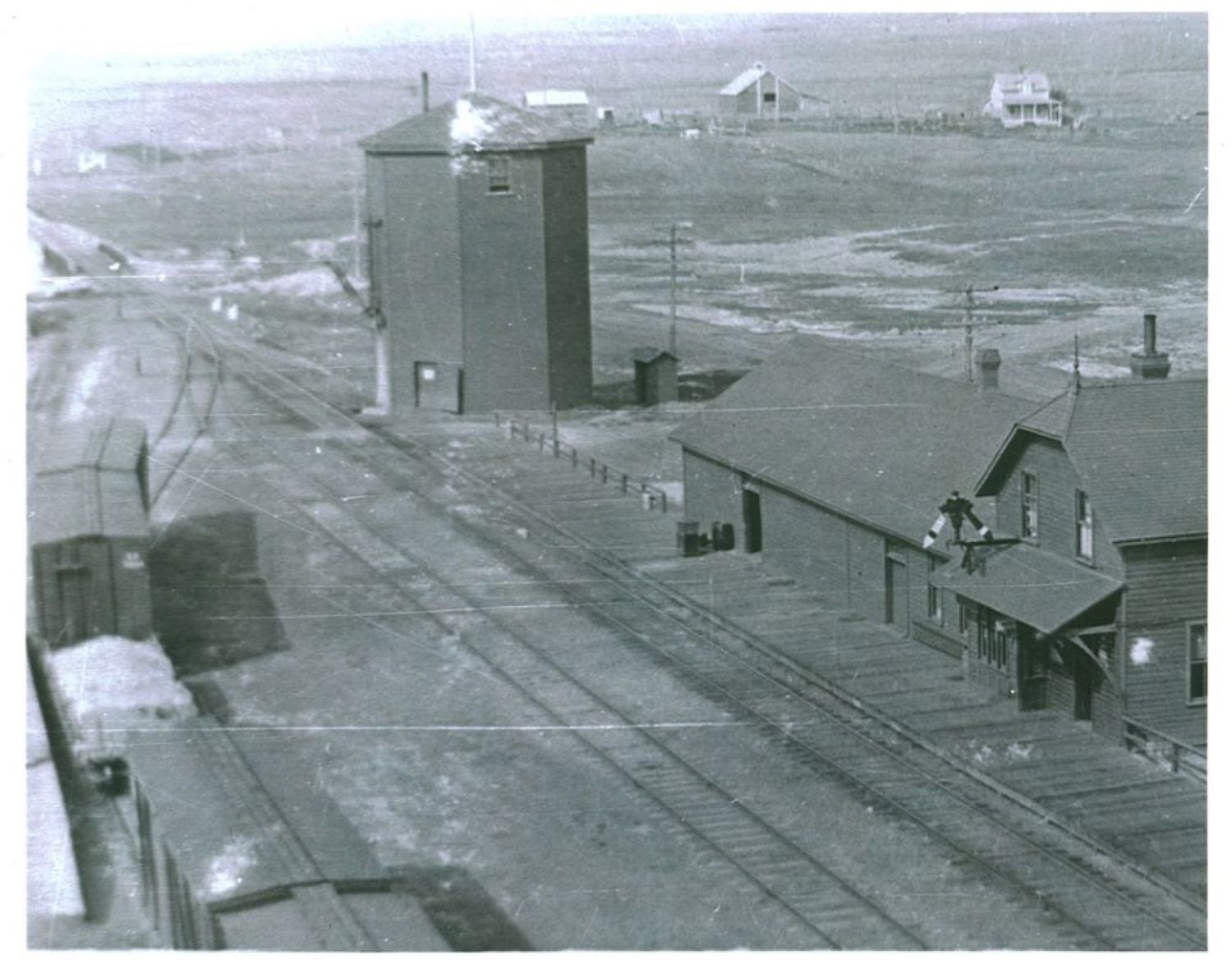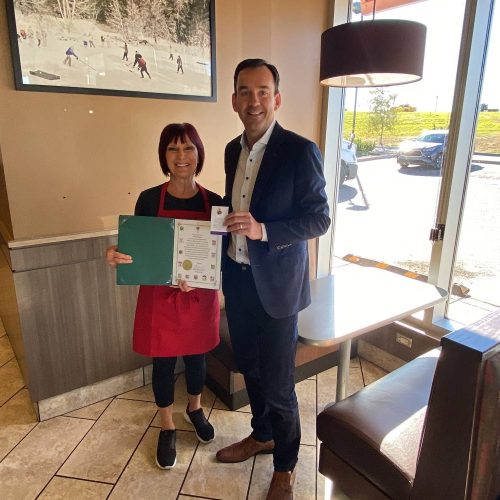As part of the celebration that is Airdrie History Day, the Nose Creek Valley Museum and Airdrie Public Library are teaming up on a unique presentation at the Library on Friday, October 7.
The free event goes from 7-8 p.m. and is geared to ages six and up, but anyone with an interest in Airdrie history, especially newcomers, are welcome to come listen and check out a few local artifacts.
It’s important to be very specific when talking about the history of Airdrie.
A quick Google search for ‘Airdrie History’ inevitably starts with the building of the railroad.
However, as we now know, history in Airdrie didn’t begin with the arrival of Europeans, settlement, or the railroad.
In fact, the history of Indigenous peoples living in the area goes much, much farther back than that. The City of Airdrie is located on Treaty 7 territory, meaning this is the traditional home of the Blackfoot Confederacy, including the Siksika, Piikani, and Kainai, the Tsuut’ina Nation and Stoney-Nakoda Nations, including the Wesley, Chiniki, and Bearspaw, and the People of Métis Nation of Alberta, Region 3.
The Nose Creek Valley Museum represents more than 2,000 years of local history, including many First Nations artifacts and one of the largest authentic arrowhead collections anywhere.
In fact, it’s quite likely the first Albertans were around for many thousands of years, as proven by a 10,000-year-old spear head found in the Athabasca region. To the south, Head-Smashed-In Buffalo Jump Interpretive Centre is a UNESCO-designated World Heritage Site that preserves and interprets over 6,000 years of First Nations culture.
While the Airdrie region may not have had the checkered whiskey-trading past of some notable southern Alberta settlements, like Fort Whoop-up near Lethbridge or the infamous Spitzee Post at High River, there were some colourful characters.
For example, hunter, trapper and sheep farmer Addison McPherson (there’s a definite Scottish flavour to the area), was rumoured to have a still hidden in the coulee just north of town that bears his name.
As a settlement, Airdrie followed a similar pattern to many western Canadian outposts – growing from a train stop, to a town, to a city that’s one of the fastest growing in the country.
Airdrie was first established as a railway siding in 1889 during the construction of the Calgary and Edmonton Railway.
“The stagecoach used to run through Sharp Hills,” says Laurie Harvey, Executive Director and Curator at Nose Creek Valley Museum. “It was a one-day trip from Calgary to the Dickson-Stevenson Stopping House.”
Locomotives were able to cover the distance quicker, and more comfortably, but had to stop often for water.
“Steam engines needed water every 10 miles or so,” says Harvey, “which is why you’ll notice a similar distance between towns as you travel between Calgary and Edmonton.”
At the time, the railway station and associated buildings typically were at the centre of a railway town and Airdrie was no different as it was C&E Rail’s intention that the Airdrie town site would grow around the station and railway tracks – and grow it did! By the mid-1890s the Airdrie Station was the centre of town. The CPR water tower was filled by a windmill that pumped water from a reservoir built on the west side of the tracks.
William McKenzie, a contracting engineer for the Calgary and Edmonton Railway, named the settlement Airdrie after a village northeast of Glasgow, Scotland. The name Airdrie means ‘The King’s Height’, also the name of community in town.

By the mid-1890s the Airdrie Station was indeed the centre of town and featured Airdrie’s first water tower. The CPR water tower was filled by a windmill that pumped water from a reservoir built on the west side of the tracks.
In 1909, Airdrie was incorporated as a village with a population of 250 people. In 1959, still with a population of less than 500 people, Airdrie’s landmark water tower, the one that’s there now, was built. The original use of the water tower was to store water for emergency use. During the summer months, however, the water pressure was low due to the location of the tower and it became obsolete after a large reservoir was built in the early 1970s.
These days, the City of Airdrie purchases treated water from the City of Calgary. The water is treated by the City of Calgary and then travels in supply mains to three Airdrie reservoirs before an average 16 million litres per day is pumped to Airdrie residents and businesses through more than 296 kilometres of water lines.
With a population of just under 10,000, Airdrie was incorporated as a city in 1985, and the 20 per cent plus per year growth rate hasn’t slowed down since. In fact, 20 per cent (1991 Census) was the slowest recorded growth rate since 1946.
As of the 2021 Canadian census Airdrie had a population of 74,100, making it the fifth largest city in Alberta, after Calgary, Edmonton, Lethbridge, and Red Deer.
In reality, the story of Airdrie is one that’s still in the making, with new chapters being written all the time by you, the people who live, work and play in the City we call home – Airdrie.





